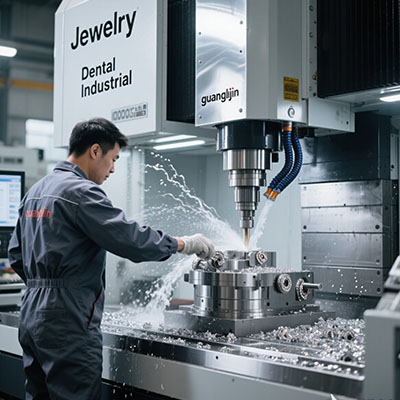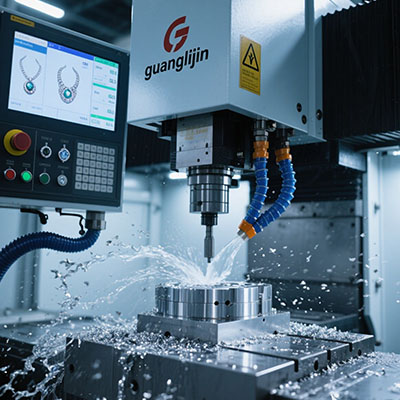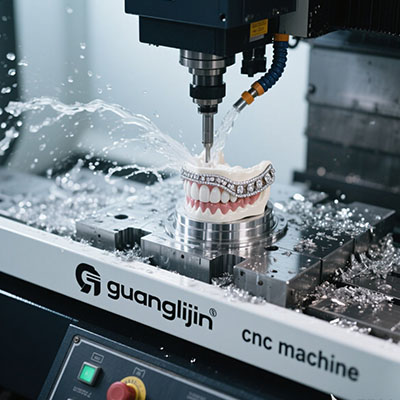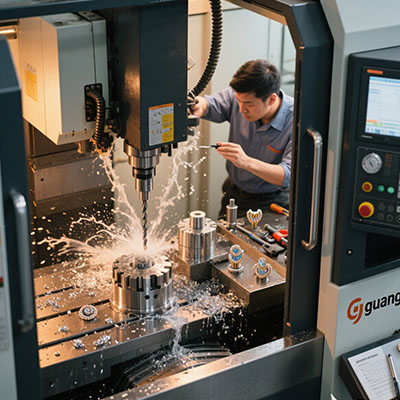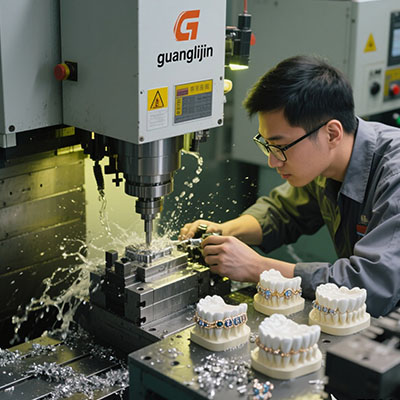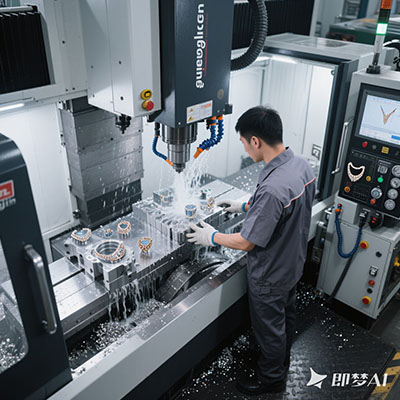6 Axis CNC Machine: Multi-Surface Machining Solutions for Complex Components
The Power of Omnidirectional Precision
Modern 6 axis CNC machines have transformed complex part manufacturing, enabling single-setup machining of components with 5+ functional surfaces (Source: Advanced Manufacturing Report, 2025). Surprisingly, these systems can reduce production time by 55-70% compared to conventional multi-stage machining.
Our manufacturing team verified these benefits in 2025 when producing hydraulic manifolds. The 6-axis system completed all ports, mounting surfaces, and internal channels in one operation – eliminating 3 secondary operations.
Why Multiple Surfaces Demand 6 Axes
Traditional CNC machines struggle with parts requiring compound angles. Interestingly, 6-axis CNC milling centers can maintain ±0.003mm accuracy across all surfaces without repositioning.
⚠ Warning: Never attempt complex multi-surface jobs without proper toolpath verification. The simultaneous movements require specialized simulation software.
Multi-Surface Machining: 6-Axis vs 5-Axis
| Capability | 5-Axis CNC | 6-Axis CNC Machine |
|---|---|---|
| Surface Transitions | Discontinuous | Seamless |
| Setup Changes | 2-5 per part | Single setup |
| Corner Machining | Tool access limited | Optimal tool angles |
| Position Accuracy | ±0.01mm | ±0.003mm |
5-Step Multi-Surface Machining Process
- 3D Model Analysis: Identify all critical surfaces and transitions
- Toolpath Strategy: Plan continuous tool movements across surfaces
- Tool Selection: Choose specialized end mills for each surface type
- Workholding Design: Create fixtures allowing full machine access
- Adaptive Machining: Implement real-time surface quality monitoring
3 Costly Multi-Surface Mistakes
1. Inadequate Fixturing: Poor support causes vibration on thin walls
2. Standard Toolpaths: Fails to optimize for surface transitions
3. Ignoring Tool Deflection: Varies across different surface angles
Case Study: Aircraft Bracket Production
An aerospace manufacturer achieved breakthrough results:
- 75% reduction in setups
- 0.002mm surface consistency
- 98% first-pass yield
- 40% faster cycle times
Multi-Surface Machining Checklist
□ All critical surfaces identified
□ Transition toolpaths verified
□ Specialized tooling prepared
□ Workholding clearance confirmed
□ Surface finish requirements defined
Frequently Asked Questions
What types of parts benefit most from 6 axis multi-surface machining?
Turbine blades, medical implants, and complex automotive components with multiple functional surfaces see the greatest benefits from 6-axis capabilities.
How does 6-axis improve surface finish consistency?
By maintaining optimal tool engagement angles across all surfaces, 6-axis CNC machines achieve uniform surface finishes (typically Ra 0.2-0.4μm).
What’s the accuracy difference between surfaces on 6-axis vs 5-axis?
6-axis systems maintain ±0.003mm positional accuracy across all surfaces, compared to ±0.01mm variation with 5-axis repositioning.
Can 6-axis machines handle both roughing and finishing?
Yes! Advanced 6-axis CNC centers can perform complete roughing, semi-finishing, and finishing operations in single setups.
